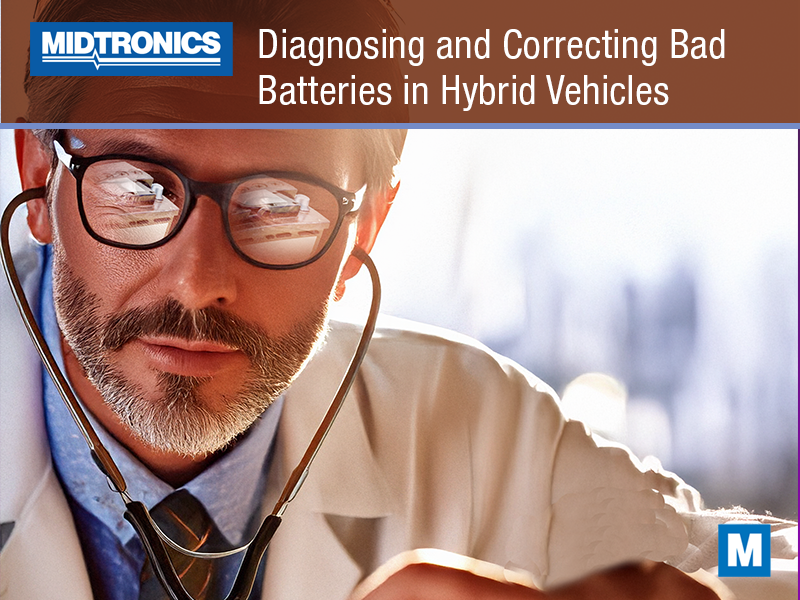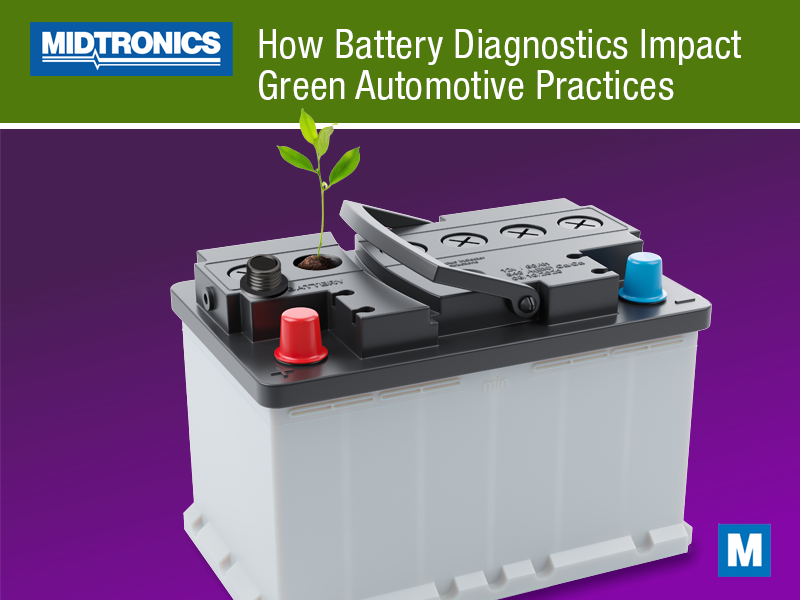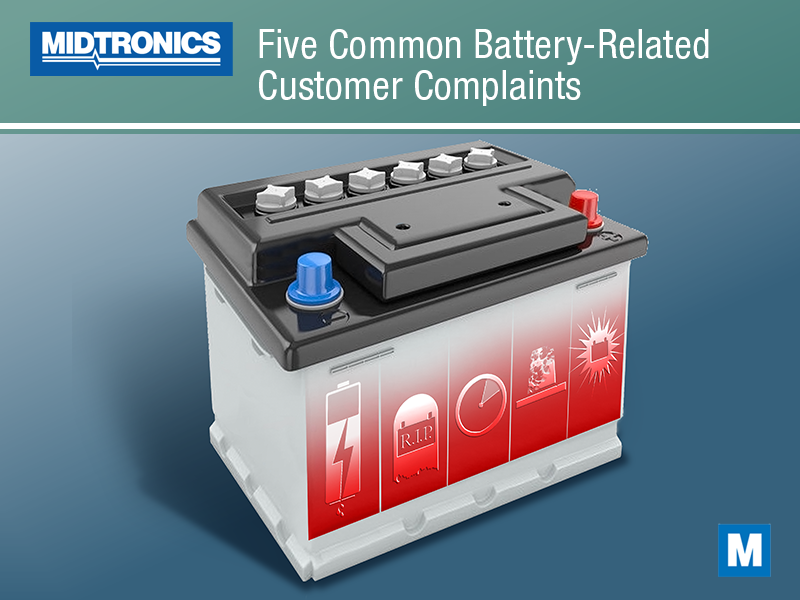Have you ever tested a battery more than once in a short period of time? You may have found that the test results of that battery differed. In this post we’ll address why this happens – and what to look for in order to prevent inaccurate battery test results.
Life in a battery
A standard lead acid 12V car battery is more than just a black box. Inside you can find a fine grid of alternately placed positive-separator-negative plates, with sulphuric acid (electrolyte) in between. This acid serves as a chemical catalyst, making a battery do what it does: charging and discharging. Other battery types are slight variations on this basic principle; within an AGM the electrolyte is snugly encased in a glass fibre fleece material (Absorbent Glass Mat) and in GEL batteries.. you guessed it: the electrolyte has been mixed with silica to form a relatively stationary gel substance.
But no matter the battery, they all remain active. Even when not in use. This is why after a few months of shelf rest, a battery may fail to produce the power it initially did. But can this charge drop also be seen in mere minutes? For instance, in between two battery tests? To answer that, we first need to look at when and why we test batteries.
A car enters the workshop
In reality, most battery tests are performed on batteries that are likely to have problems. No-starts, difficulty cranking, failing electronics; just to name a few. When judging the health of a car battery, we generally look at two elements. Its cranking ability (CCA), and its ability to support small electronic drains (Ah) – also known as Reserve Capacity. But there is more to it than what is inside the battery. External influences may affect the test result:
- Is the battery in or outside of the vehicle?
- Is it a used or new battery?
- What type of battery is it?
- What is the battery temperature?
- Was there battery activity before the test?
- What is your manual input of the battery test?
Preventing inaccurate battery test results
To prevent unreliable test results, it’s essential you keep a test environment stable and turn off all loads on the battery. If a battery was recently active, either by being in-vehicle or being charged, it is important to let the battery come to a full rest. In modern vehicles resting can take up to 15 (fifteen) minutes for all car electrics to stop draining the battery. If waiting is not an option, be sure to use a diagnostic device that can detect and remove surface charge. If you test a battery with surface charge it could influence the result of your battery test.
At Midtronics, we found that performing several tests in a row on the same battery with the same battery tester doesn’t add much value to the first test performed. You may, however find that the test result changes. There may be a number of causes:
- The battery is still fluctuating due to prior charging/discharging (no full rest)
- The battery has been moved (especially from in- to outside of vehicle has a large impact)
- The user did not insert the exact same battery test input (type of battery, type of battery units, battery rating, battery Ah all influence a battery test algorithm)
- The temperature sensor was aimed somewhere else then the battery
- The battery test equipment uses a load to diagnose, thus discharging the battery and changing the internal chemistry.
Research has shown that when using a handheld battery tester, the first test is the most accurate test. Back to back testing increases the chances of the battery being impacted by external forces, thus providing less accurate tests with each subsequent test.




